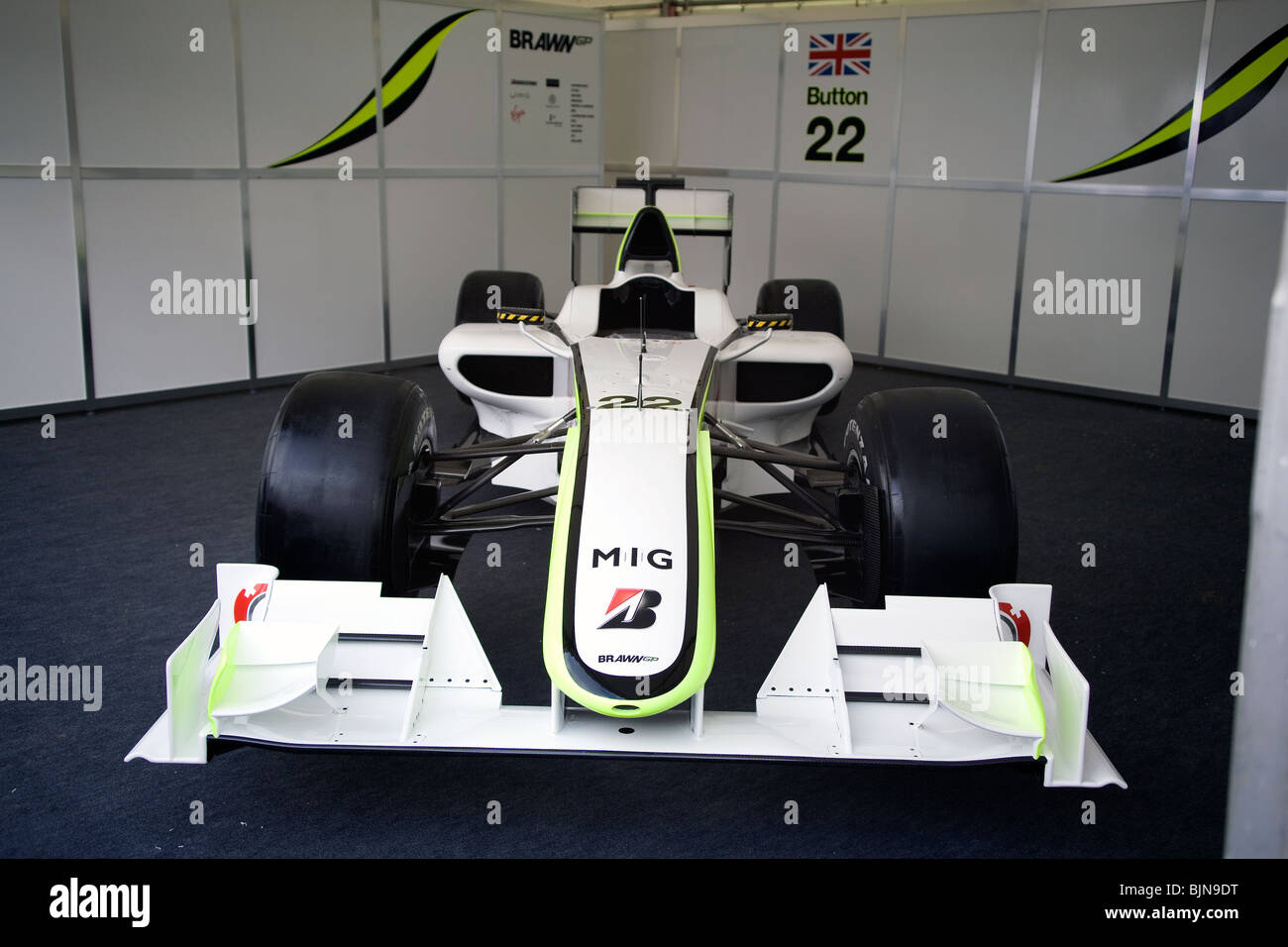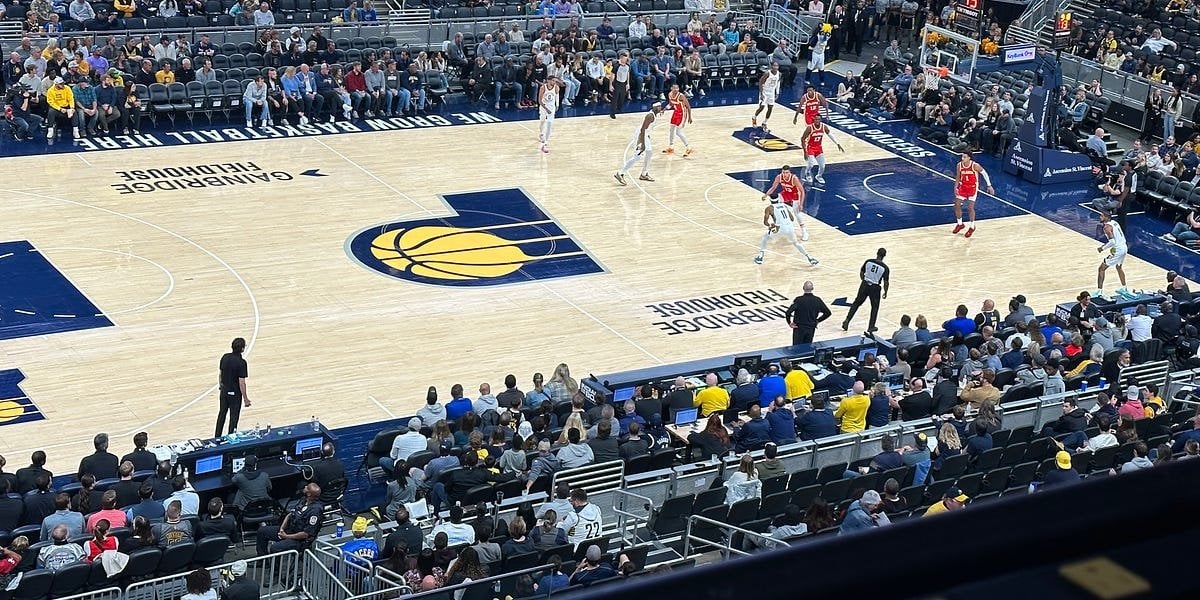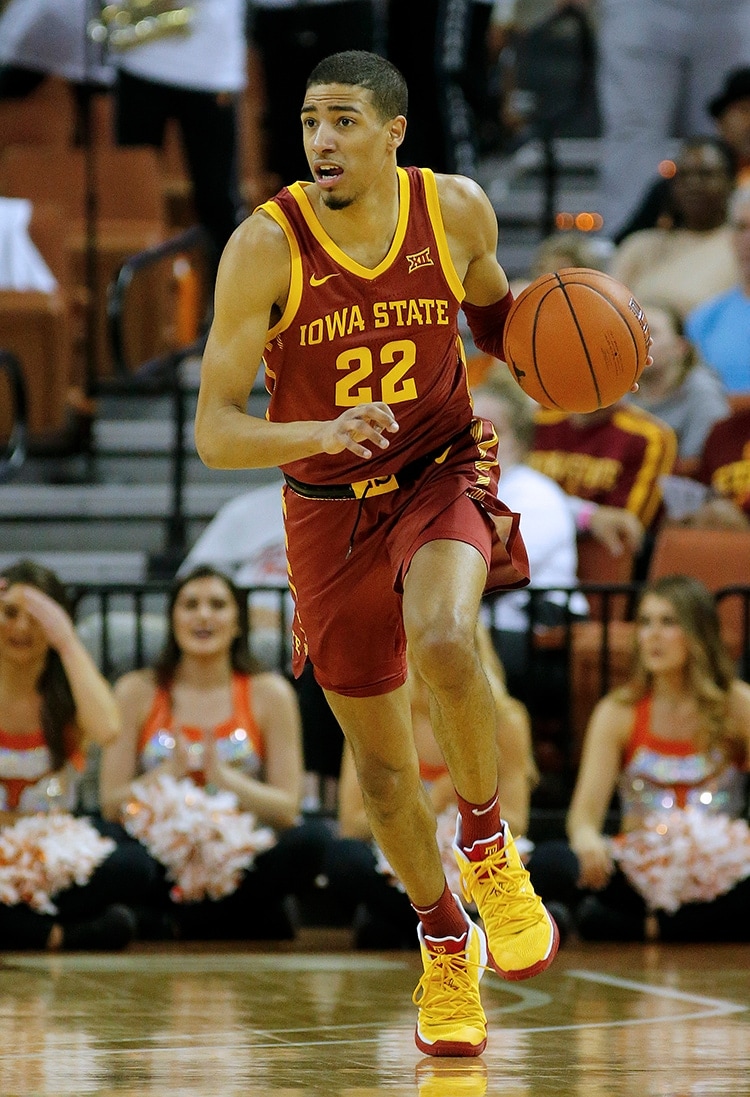Jenson Button's 2009 Brawn: A Retrospective

Table of Contents
The Genesis of Brawn GP: From Honda's Ashes to F1 Glory
Honda's Withdrawal and the Formation of Brawn GP
The 2008 season ended with a shock: Honda's withdrawal from Formula 1. Facing financial difficulties and a lack of on-track success, Honda decided to pull out, leaving its F1 assets up for grabs. This is where Ross Brawn, the team's former principal, stepped in. Acquiring the team was a monumental undertaking, demanding swift action and significant financial investment. The challenge? Transforming a seemingly defunct team into a competitive force within a severely limited timeframe. Key personnel, many of whom had worked with Brawn at other teams, were crucial in this rapid turnaround. The new team, aptly named Brawn GP, faced significant hurdles, including securing sponsorships and complying with the rapidly changing Formula 1 regulations of 2009.
- Challenges: Limited time for development, securing funding, assembling a competitive team.
- Key Personnel: Ross Brawn, Jenson Button, Rubens Barrichello, and a dedicated engineering team.
- Regulations: Navigating the new aerodynamic regulations introduced for the 2009 season.
The Revolutionary Double Diffuser
Brawn GP's unexpected dominance was largely attributable to a groundbreaking aerodynamic innovation: the double diffuser. This ingenious design, initially met with skepticism and later controversy regarding its legality, significantly increased downforce compared to its single-diffuser counterparts. The double diffuser manipulated airflow more efficiently, creating a powerful suction effect that improved traction and cornering speed. While other teams attempted to emulate it, none could match its effectiveness. The FIA eventually confirmed its legality, but the controversy surrounding it only added to the drama of the season.
- Aerodynamic Advantage: Substantial increase in downforce and improved car handling.
- Controversy: Initial doubts about its legality fueled debate and rival teams' attempts to copy it.
- Design Impact: A significant advancement in F1 aerodynamic design, influencing future car development.
Jenson Button's Stellar Season: A Driver at the Peak of His Powers
Button's Consistency and Racecraft
Jenson Button's 2009 campaign was a testament to his consistency and exceptional racecraft. His driving style, characterized by a smooth and controlled approach, allowed him to extract maximum performance from the Brawn GP car, race after race. He wasn't always the fastest qualifier, but his ability to manage tires, conserve fuel, and consistently finish in the points proved invaluable. His key race victories and podium finishes were not solely due to the car’s performance; his strategic driving played a huge part. His strong rapport with the team further enhanced his ability to deliver optimum results.
- Key Victories: Australian Grand Prix, Turkish Grand Prix, etc.
- Podium Finishes: Numerous consistent top-three finishes across the season.
- Strategic Approach: Tire management, fuel strategy, and race awareness played a critical role.
Key Races and Defining Moments
The 2009 season was filled with nail-biting moments. The Australian Grand Prix, the season opener, immediately established Brawn GP as a force to be reckoned with, as Button secured a commanding victory. Every race held significance; each point secured contributed to the overall championship battle. Key races that shaped the title outcome included the tight competition in races like the British Grand Prix and the German Grand Prix. Several races saw tense battles with rivals, and strategic calls made by the team and Button significantly influenced the overall outcome.
- Australian Grand Prix: A dominant victory signifying Brawn GP's early superiority.
- Race Analysis: Examination of key overtaking maneuvers, strategic pit stops, and unexpected incidents.
- Championship Battle: Analysis of the points standings and the fluctuating championship lead throughout the season.
The Competition and the Championship Battle
Button's championship journey wasn't without its hurdles. He faced stiff competition from his teammate Rubens Barrichello, who consistently pushed him, and from Sebastian Vettel, who emerged as a strong contender in his Red Bull. These rivalries played out over the season, with tight battles for position on the track and intense competition for points. The championship fight came down to the wire, with Button ultimately securing the title with a combination of consistent performance and some crucial results in the closing stages of the season.
- Rubens Barrichello: A strong teammate, pushing Button to improve throughout the season.
- Sebastian Vettel: A rising star and a significant challenger for the title.
- Championship Showdown: A detailed account of the final races and the tense conclusion to the championship.
The Legacy of Brawn GP and Jenson Button's 2009 Triumph
A Cinderella Story in Formula 1
Brawn GP’s 2009 season remains a classic underdog story in Formula 1. A team formed from the remnants of another, with limited resources and facing immense pressure, achieving unprecedented success. Their win highlighted the importance of innovation, strong teamwork, and driver skill. The team's triumph profoundly impacted the sport, prompting rule changes and inspiring other teams to strive for similar levels of innovation. For Button, the victory solidified his place as a Formula 1 champion and a true legend of the sport.
- Impact on F1: Changes in regulations and a renewed focus on aerodynamic innovation.
- Button's Career: A defining moment that cemented his legacy in the sport.
- Underdog Narrative: The inspiration of a team that defied expectations and achieved greatness.
Lasting Impact on F1 Technology and Strategy
The double diffuser, although short-lived in its absolute dominance due to subsequent rule changes, left an indelible mark on F1 technology. Its innovative design inspired further research and development in aerodynamic solutions, shaping the direction of car design for years to come. Furthermore, the race strategy employed by Brawn GP, emphasizing consistency and tire management, significantly influenced how teams approached race weekends in subsequent seasons. This success highlighted the importance of strategic decision-making and car setup optimization in achieving overall victory.
- F1 Innovation: The double diffuser's lasting influence on aerodynamic design.
- Strategic Implications: The impact of Brawn GP's race strategy on future F1 teams.
- Long-Term Legacy: The enduring relevance of the 2009 season in the history of Formula 1.
Conclusion: Remembering Jenson Button's 2009 Brawn GP Victory
Jenson Button's 2009 World Championship win with Brawn GP remains a remarkable achievement in Formula 1 history. The team's revolutionary double diffuser, combined with Button's exceptional driving skill and consistent performance, resulted in an unforgettable season. This unexpected triumph served as a testament to innovation, teamwork, and the power of an underdog story. The legacy of Brawn GP and Button's victory continues to inspire and influence the sport today. Share your memories of this iconic season and delve deeper into the details of this extraordinary victory using online resources – relive the magic of Jenson Button's 2009 Brawn GP triumph!

Featured Posts
-
 Salon Yevani Herzliya Restaurant Review The Jerusalem Post
May 26, 2025
Salon Yevani Herzliya Restaurant Review The Jerusalem Post
May 26, 2025 -
 Giant Rubber Duck Brings Important Message To Myrtle Beach
May 26, 2025
Giant Rubber Duck Brings Important Message To Myrtle Beach
May 26, 2025 -
 The Best Nike Running Shoes Of 2025 Style Performance And Reviews
May 26, 2025
The Best Nike Running Shoes Of 2025 Style Performance And Reviews
May 26, 2025 -
 Is Over The Counter Birth Control The Future Of Reproductive Healthcare
May 26, 2025
Is Over The Counter Birth Control The Future Of Reproductive Healthcare
May 26, 2025 -
 Naomi Kampel Eksotikes Diakopes Stis Maldives Me Ta Paidia Tis Se Ilikia 54 Eton
May 26, 2025
Naomi Kampel Eksotikes Diakopes Stis Maldives Me Ta Paidia Tis Se Ilikia 54 Eton
May 26, 2025
Latest Posts
-
 John Haliburtons Return To Pacers Games Why It Matters
May 28, 2025
John Haliburtons Return To Pacers Games Why It Matters
May 28, 2025 -
 Nba Lifts Ban John Haliburton Returns To Pacers Games
May 28, 2025
Nba Lifts Ban John Haliburton Returns To Pacers Games
May 28, 2025 -
 Promo Samsung Galaxy S25 Ultra 1 To 1294 90 E
May 28, 2025
Promo Samsung Galaxy S25 Ultra 1 To 1294 90 E
May 28, 2025 -
 Achetez Le Samsung Galaxy S25 Ultra 1 To Moins Cher
May 28, 2025
Achetez Le Samsung Galaxy S25 Ultra 1 To Moins Cher
May 28, 2025 -
 Bon Plan Smartphone Samsung Galaxy S25 Ultra 1 To
May 28, 2025
Bon Plan Smartphone Samsung Galaxy S25 Ultra 1 To
May 28, 2025
